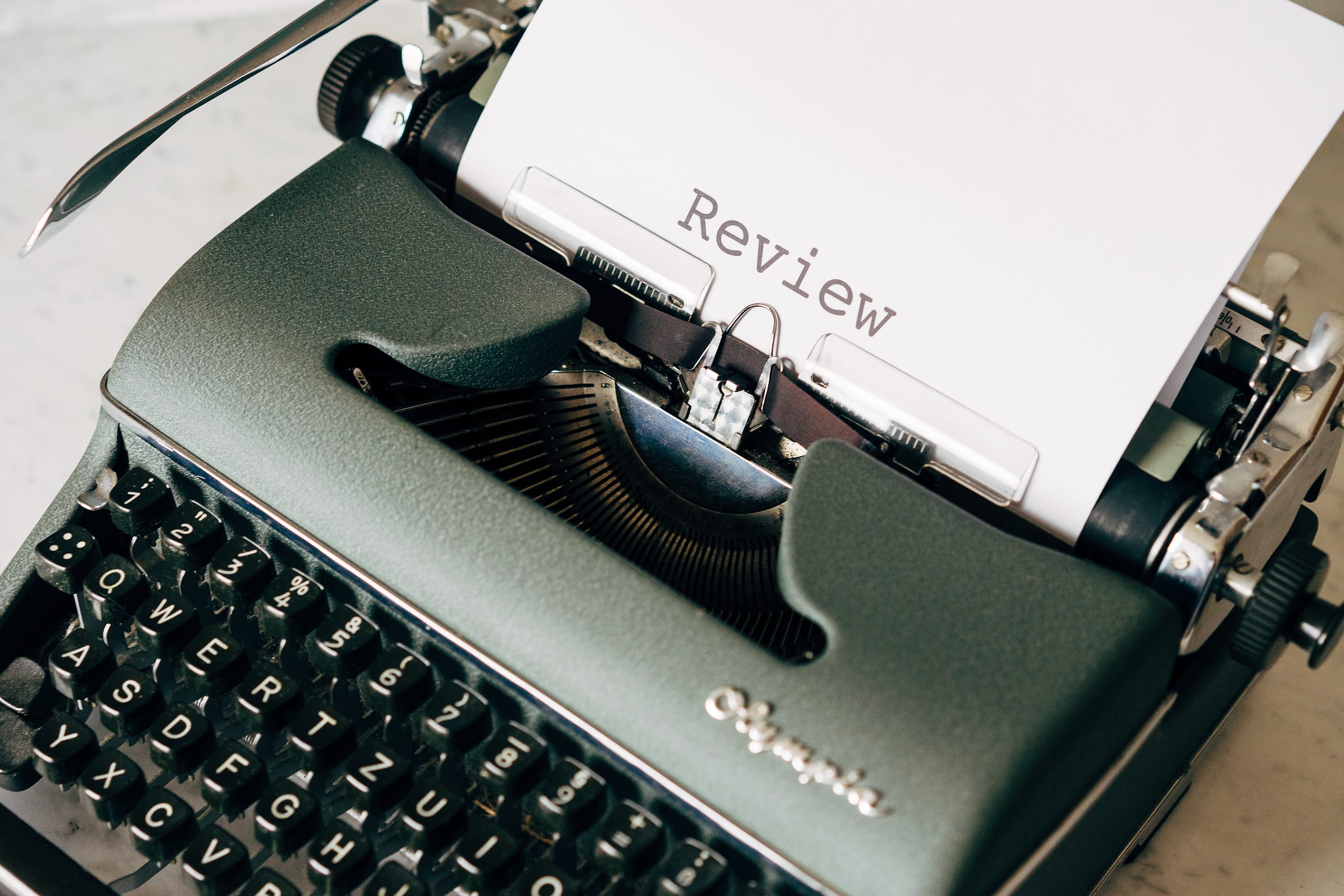Here are features that Medium can improve

In my experience as a writer and reader, Medium is easy to use. I’m a Medium member and I read articles every day, while posting new content a few times a week. For the most part, Medium is a great experience to use, but there are certainly a few things which could improve the experience, as a publication owner, writer and reader.
Pro: No ads make smooth experience
Advertisements, something people love to hate. Medium makes its revenue through a $5 subscription model, using a metered paywall which allows writers to put their content behind a paywall, and non-members get a few free articles a month.
Medium lacks clunky, unintuitive ads which ruin the experience of many other sites. The user experience is completely ad free, allowing users to scroll and scroll without any pop-ups or being redirected because they accidentally clicked an ad. Articles look exactly how the writer makes them in the editor, with no ads added in the middle to mess with the chosen formatting.
Medium presents a clean, smooth experience while reading.
Con: No ads means less revenue
Without ads, Medium relies entirely on users to subscribe for its revenue, which it shares with member of the Medium Partner Program. I joined the Partner Program, and as of June 30, 2020, after 16 (now 17) articles, 755 views, 691 reads and 109 fans, I’ve earned … 11 cents. Most of my stats come from comments I’ve posted on others’ work.
Comments on Medium are treated the same as articles; both are considered stories. However, unlike articles, comments can’t earn revenue, since they are not placed behind the paywall. Now, I don’t think comments should be placed behind the paywall; I think responses are just a part of networking, though the ability to earn from responses is appealing.
Medium articles behind the paywall only earn when a Medium member reads them, meaning not all the views an article receives contribute to earnings. Could ads which are well placed allow more options, such as giving all Medium Partners to have the option of members-only articles and public articles which earn from ads? The current system only allows articles which are behind the paywall to earn, but integrated ads could let writers make more their articles public and still earn from them.

Could comments somehow have ads integrated into them so those views also count toward a user’s earnings? These are interesting options; I’m not sure if Medium’s current option is perfect, but I do know that no ads is something many people enjoy, but would writers’ opinion shift if they could earn more money? Medium could likely draw in more writers and more content if it were easier to earn more.
Perhaps a happy medium would be to have ads for non-subscribers, and then people who become Medium members for the $5 would have an ad-free experience, in other words, a freemium model.
Medium has no doubt weighed all business models, but seeing my stats compared to my earnings makes me wonder if more lucrative options would make both the users and Medium owners happier.
Pro: Publications rock
I’ve already written my review of Medium publications, and I think they are a great feature, even if there are a few ways they could be improved. The customization publications allow for their owners makes them fun to maintain and to use.
While publications are overall great, it’s unfortunate that non-writers are unable to submit stories, meaning that everyone who wishes to contribute to a publication must go through the process of applying to be added as a writer or editor, rather than having the ability to just submit a single article for consideration.
Con: Lack of profile customization
Unlike publications, Medium profiles offer no customization options for users to determine the layout of how their stories appear. Starting with the bio, there isn’t the option to include hyperlinks in the bio without displaying the entire URL.
While there is an option to link to Twitter and Facebook through an icon, there isn’t an option to also include a link, similar to the option on Twitter for including a single link.

The worst part of the profile layout is the story display cards; the images are often cut off because the teaser image is too narrow, and all stories appear in a vertical line with a lot of space on either side. Also, the headlines and subheadlines often get cut off, even if they aren’t particularly long.
There isn’t even an option to customize how the images appear by selecting the display area, the featured image is just displayed automatically, and the images display differently on different parts of Medium, such as the New from your network section, Medium’s front page and in publications.
Publications offer the perfect layouts and displays; parts of which Medium should allow users to also use for their own profiles, such as the title cards of stories and the different layouts should as the grid layout.
For instance, compare these images of my profile and the publication I own:


The customization options publications offer allow users to make a much more appealing page for visitors, compared to user profiles.
Pro: Story editor is easy to use
Medium’s story editor is very intuitive and simple to use. It also has some great customization options which allow writers to make their articles unique.
Unsplash is integrated into Medium, and right in a story, users are able to search for images which are free to use, providing beautiful images which fit perfectly for articles, complete with the proper attribution.
I think the ability to choose the featured image is great as well, rather than displaying the first image appearing in the article. It may be worth it to allow users to upload an image not in the article to be the featured image, though, as currently it forces users to put that specific image in the story.
Under story settings users are able to edit tags, SEO title and description, change the licensing of the article, add a canonical link if the story was published elsewhere first, and before publishing users can edit the story link.
While there are some features would be great if added, such as multilevel lists and more freedom in choosing how images are displayed in articles, Medium’s story editor is simple to use and offers great features to make the best articles possible.
Con: Why so much white space?
While Medium’s story editor is easy to use and the general format of articles promotes readability, I can’t help but notice the unused white space to both sides of every article in the desktop site, though on mobile the articles usually span the whole screen.
I work at a newspaper and have experience in online content management. Part of that is manipulating the formatting and appearance of articles and other items which appear on a page. One option I very much enjoy is the ability to use the space on the articles’ margins to add other content.
Often, related articles are chosen to be displayed on the side, other times, there are fact boxes, polls or pull quotes which can appear on the side to catch a reader’s eye. Images can be moved to the side, especially useful for mugshots.

On Medium? Nothing. White space, other than the options for clapping, responding and saving an article appearing on the left while on desktop. It would be a great addition if Medium allowed writers a bit more freedom to use the margins.
Notably, when you scroll to the bottom of an article, at least sometimes, Medium displays articles which aren’t also from the author or the publication. Allowing writers to choose one or two articles to display as related content on a story’s margins is a way to keep readers’ attention on a user’s profile, while selecting powerful quotes to place on the side can spruce up an article, and a fact box can condense information so readers can get quick facts or a summary.
Pro: Import a story
Medium’s import a story feature works like a charm. Most of the stories I’ve posted on my profile were first published as answers on Quora, and I used the import tool to bring them onto Medium. Importing articles does a great job of maintaining the formatting and images used in articles published previously, along with inputting a canonical link.
Unfortunately, for the past few months the feature hasn’t worked for me, at least when I try to import Quora answers.
Con: Distribution has favorites
Medium doesn’t make it easy to get noticed. It takes being consistent and doing a lot of your promotion to get views, and also publishing in publications to reach a larger audience. Once you get noticed, though, it seems easy to stay on the front of page of Medium, as you’ll find many of the same people consistently popping up on the front page and in the trending articles section.
Medium does offer a way for anyone to get their article distributed to Medium users: curation. Curation has a strict set of guidelines, and even if you follow those to the letter while publishing dozens of articles, you may be passed on multiple times, no matter how good your articles are.
For the most part, Medium doesn’t just allow writers hit publish and then their article goes viral because it shows in random Medium users’ feed as it tagged with a certain keyword; Medium doesn’t do that, so people who have a large following are rewarded by having their content shown to followers and their articles get featured on the front page as well.

I think Medium needs to tone it down on the “Popular on Medium” promotion, because there’s two dedicated places to find already popular articles on the front page, and then they also show up in the feed.
Another issue is with the tags and topics, it doesn’t seem like Medium allows an easy way to just view the latest stories in any topic or tag. Even after changing the sorting to latest, it shows articles which are from years ago at the top.
I think users should either be able to follow tags, or tags should be combined into topics so there are more specific topics to follow.
Medium should also implement a section on the user’s front page which shows the latest articles from any topic or tag, distributing those articles more than it currently does.
Pro: Everyone can post, and get paid
Unlike some platforms which pay writers, Medium allows anyone to make an account and to publish content without needing to submit for review. In other words, there are no gatekeepers, and as long as members follow Medium’s rules they can keep writing and even sign up for its partner program to get paid.
However, as mentioned before Medium only pays writers for articles which are behind a paywall, and writers only get paid when Medium subscribers read their content, so for many users at first the pay will only amount to cents.
Overall, Medium is a great platform which allows writers to get paid for their work, but there are multiple features which could added or improved to continue making the Medium experience better for both writers and readers.
Comments
Post a Comment